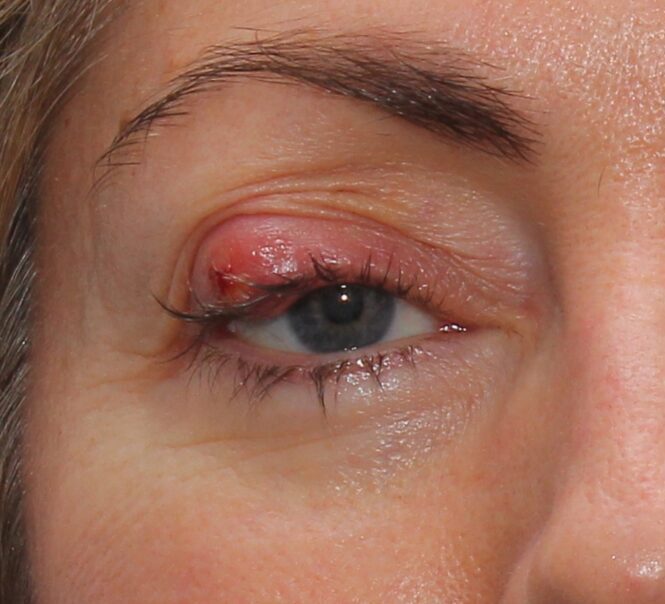Eye diseases
Styes

What are styes?
A stye is an acute inflammation of the eyelid margin, in the form of a red, painful nodule, usually caused by a bacterial infection (Staphylococcus aureus) in the eyelid glands. It is a very common problem and is not usually serious, although it can be very annoying.
It should not be confused with a chalazion (link), a similar looking eyelid lesion that may be due to a stye that has become chronic and cystic or to other causes.
Symptoms
Causes and risk factors
Treatment
Styes appear as a small reddish pimple or lump in the area near the eyelashes, both on the outside and inside of the eyelids (being particularly uncomfortable in the latter case).
They appear suddenly, and the discomfort usually disappears after a few days. They can cause eyelid swelling, a sensation of grit in the eye, stinging, excessive tearing and even pain.